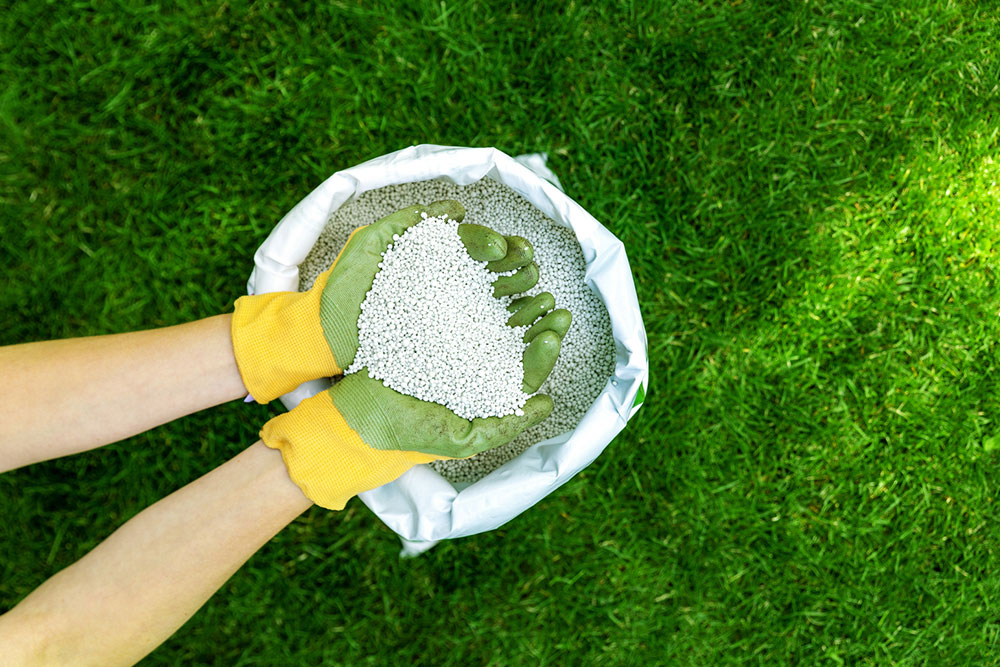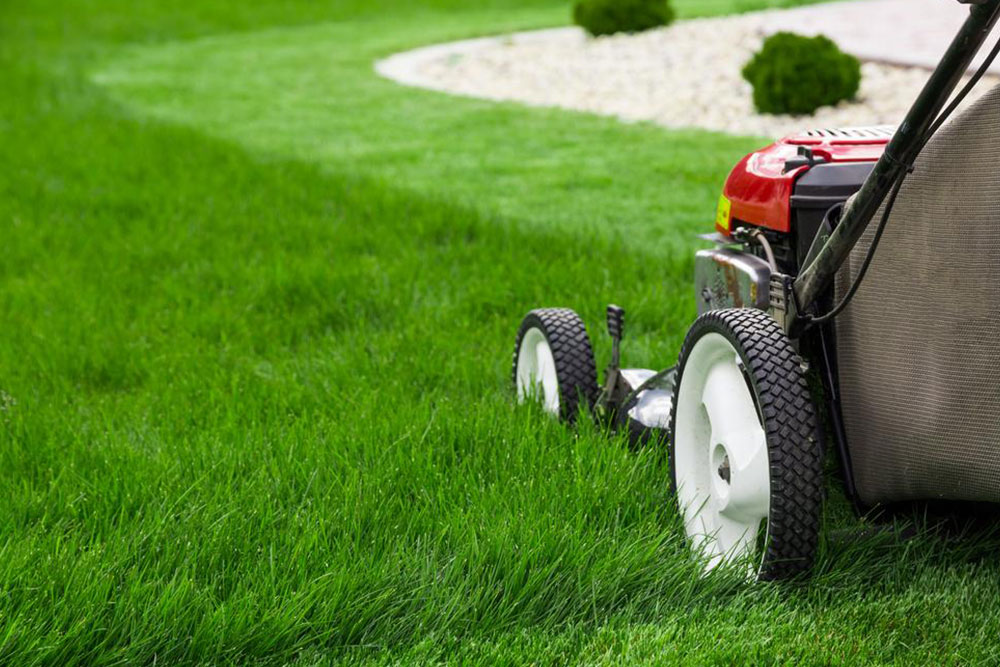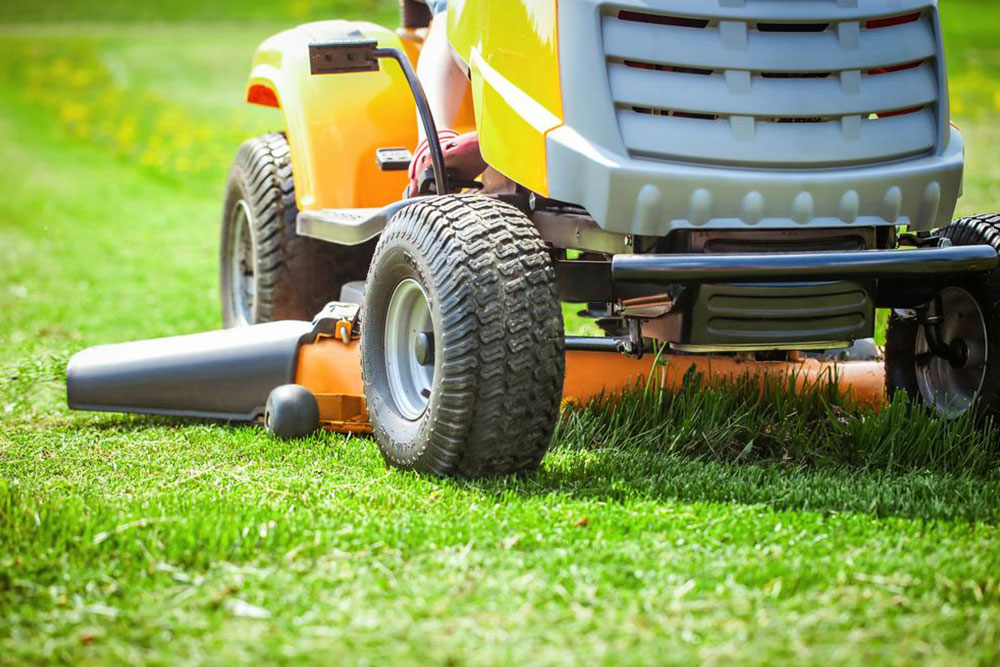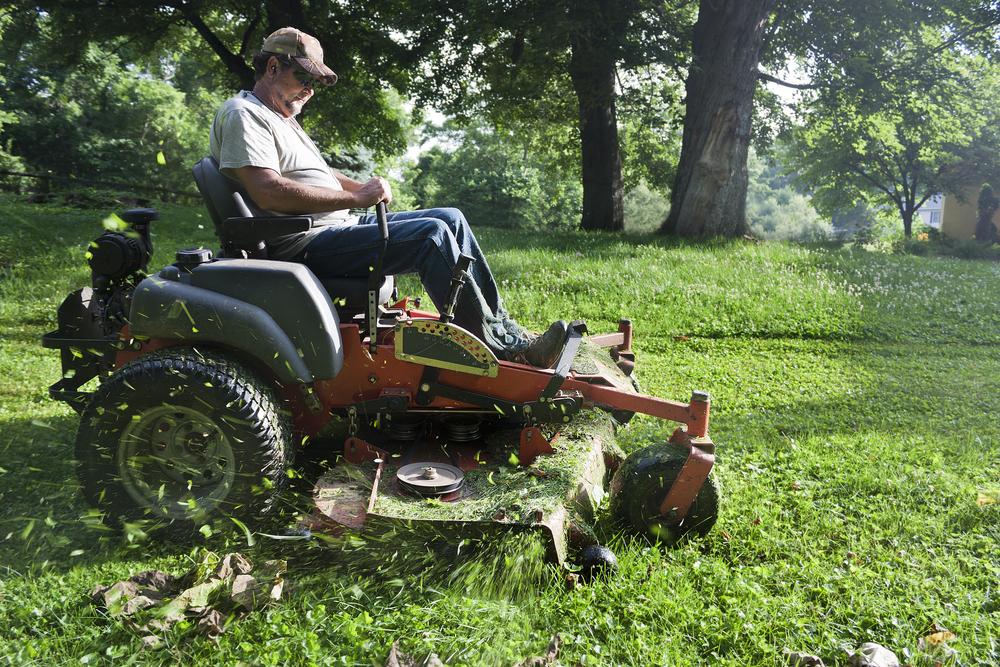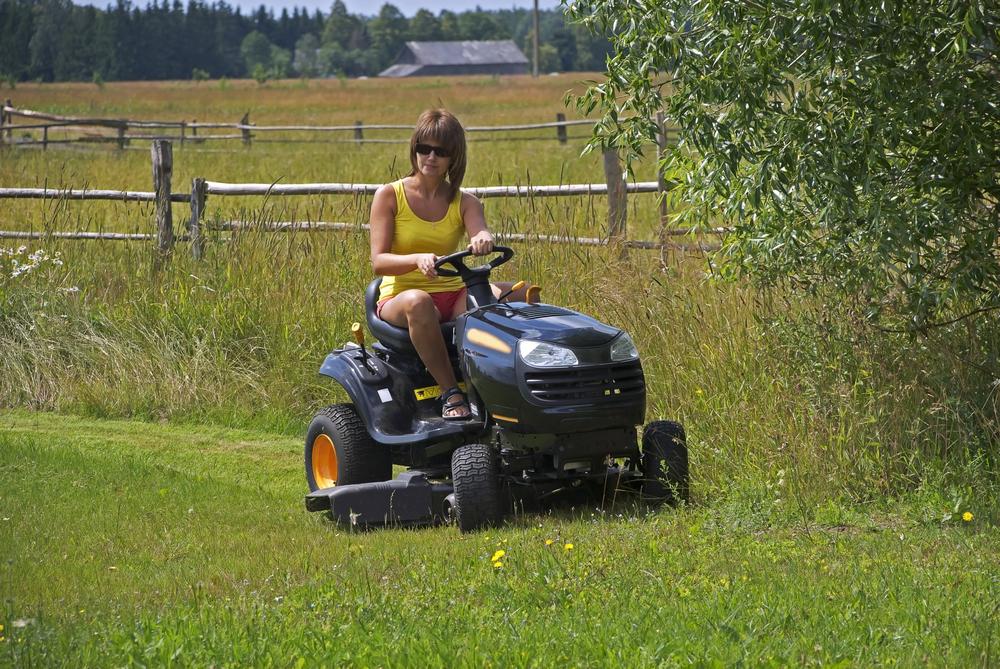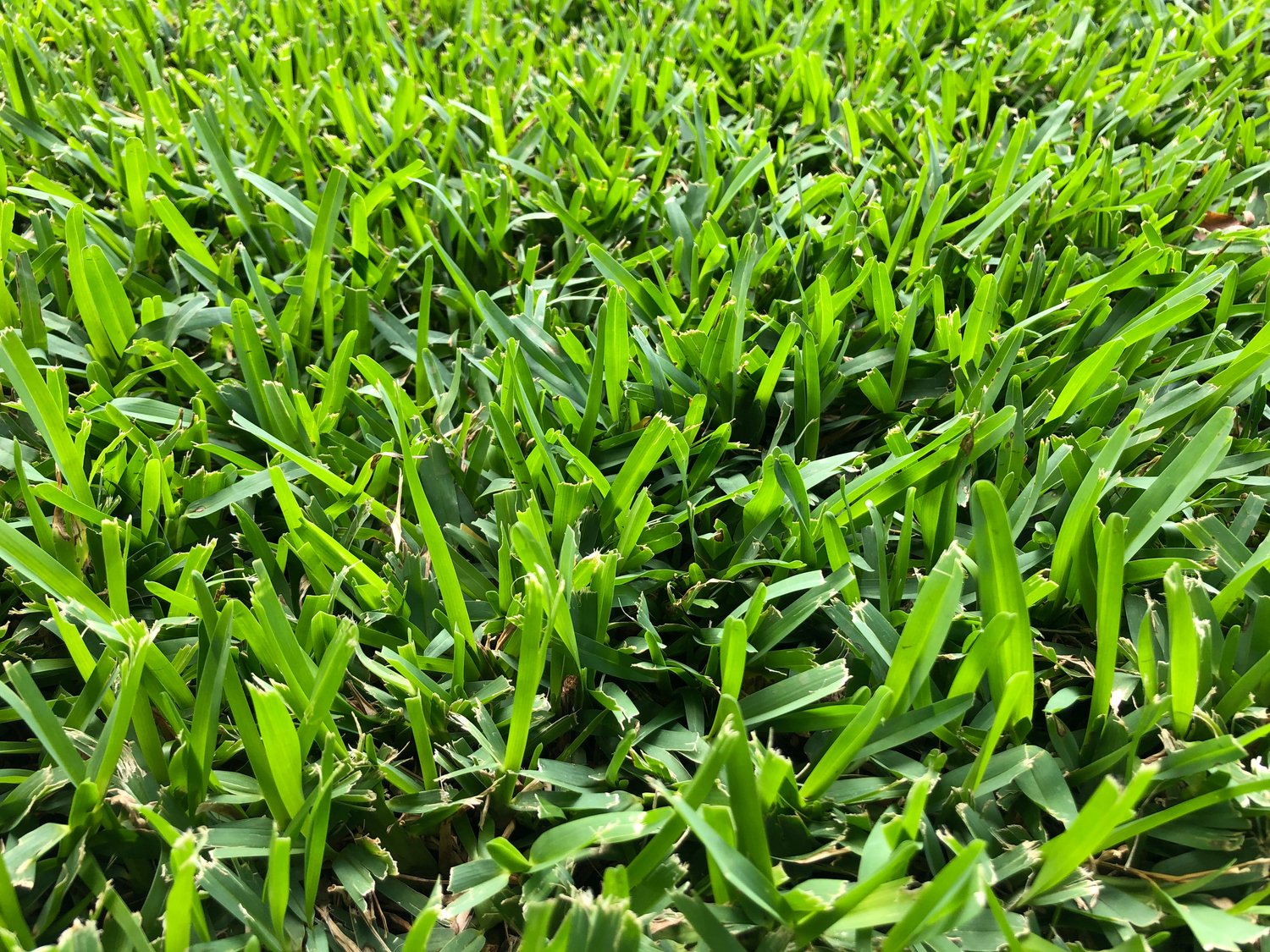Ultimate Guide to Lawn Feeding and Care
Discover essential lawn fertilization techniques to keep your grass lush and healthy. Learn about fertilizer types, optimal timing, and application tips to enhance your lawn's appearance and resilience while protecting the environment.
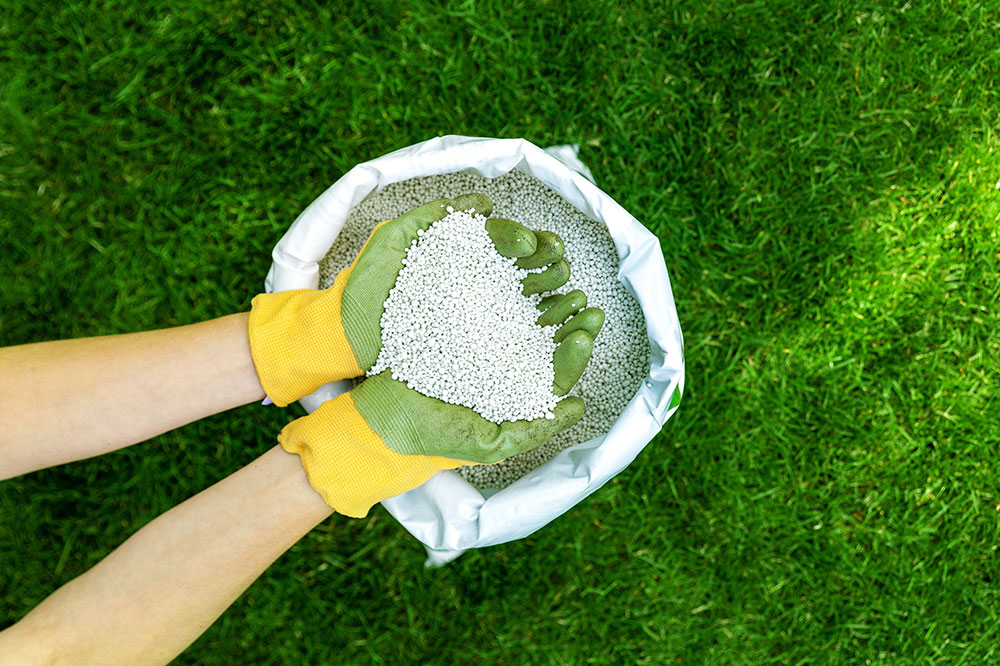
Ultimate Guide to Lawn Feeding and Care
Maintaining an attractive, healthy lawn significantly enhances your home's curb appeal. Regular lawn feeding is crucial to achieve lush, green grass and boost property value. Knowing the right timing and methods for fertilization ensures optimal growth and vibrancy.
Types of Lawn Fertilizers
Organic Fertilizers: Made from natural materials like compost, bone meal, and blood meal, these provide slow, steady nutrient release, promoting eco-friendly lawn health.
Synthetic Fertilizers: Formed from chemicals, these deliver quick nutrient boosts but should be used carefully to avoid environmental harm.
Optimal Timing for Fertilization
The best time depends on your grass type and climate. Generally, late spring through early fall is ideal when the grass actively grows. Warm-season grasses like Bermuda thrive with summer feeding, while cool-season grasses such as Kentucky Bluegrass benefit from fall fertilization to prepare for winter.
Fertilization Tips
Always read fertilizer labels to understand nutrient composition, especially nitrogen, phosphate, and potassium ratios. Use slow-release fertilizers to ensure even feeding, and avoid overapplication to prevent runoff. Keep fertilizers on the lawn, not on pavements, to protect waterways. Water the lawn after fertilizing to promote absorption and healthy growth. Spring and fall are best seasons for fertilization, aiding recovery and root development. Choose fertilizers based on your grass's needs and follow application instructions carefully.
Consistent fertilization paired with proper watering and timing will keep your lawn vibrant and resilient. By selecting the right products and practices, you can enjoy a beautiful, healthy yard year-round, while also minimizing environmental impact.

